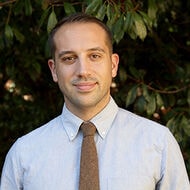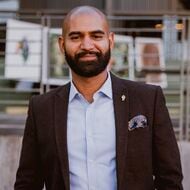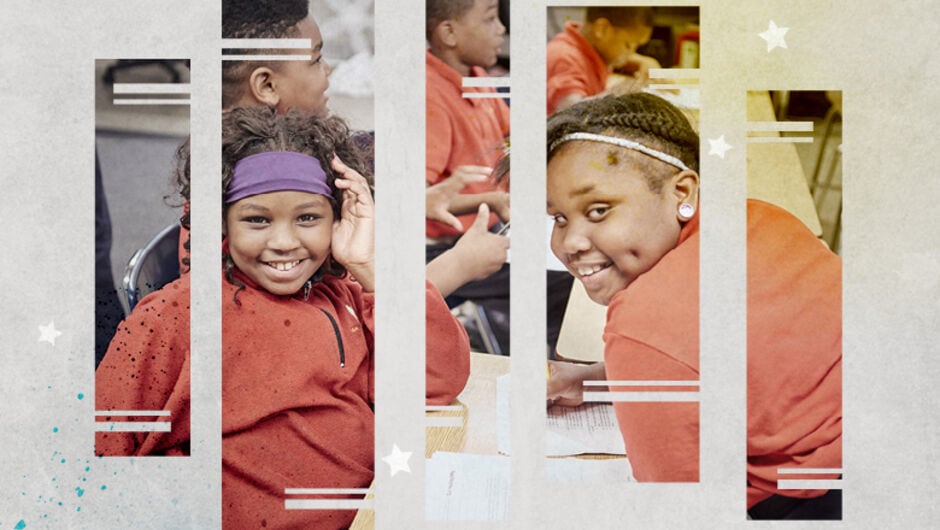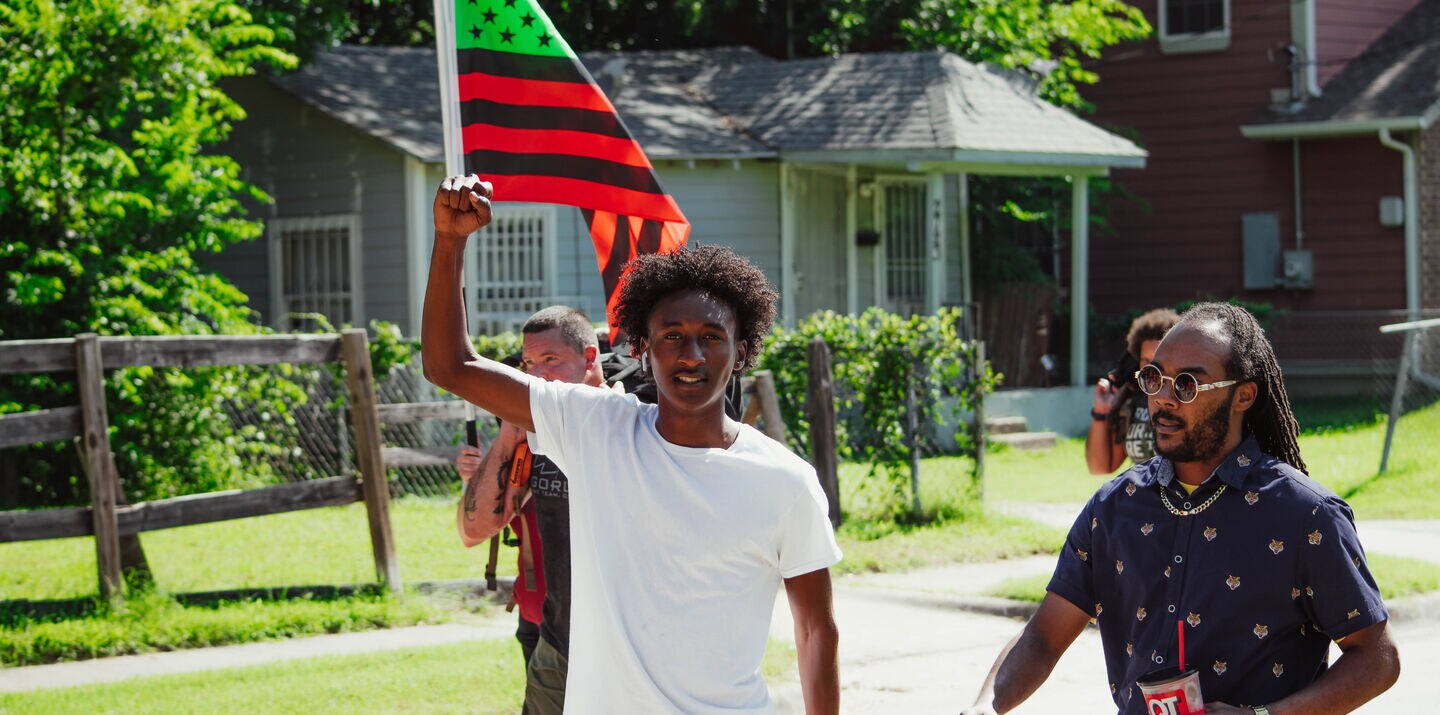
Juneteenth Through a Teacher’s Lens
A history teacher chronicles the celebration of freedom from enslavement through his photographs and classroom.
As a fifth-generation Black Texan, Juneteenth means a lot to Elroy "EJ" Johnson (South Louisiana ’12). He is a descendant of enslaved people in Texas. “Juneteenth is literally in my blood,” Johnson said.
A history teacher at Thomas J. Rusk Middle School in Dallas, Johnson has ensured that his students understand the significance of the day. He is also a photographer with a passion for documenting Black history and communities. This Juneteenth, Johnson turned his camera toward the parades, prayer, performances, and community service events happening in two historically Black neighborhoods in Dallas. He shared his favorite photos with One Day in the photo essay below.
“I chose these specific images of Juneteenth celebrations across the neighborhoods of South Dallas and Oak Cliff because they represent both Black joy and Black resistance in neighborhoods that have a long history to the Black community in Dallas,” Johnson said.
"In watching Black folks dance, organize community service events, and barbecue, it is evident that Black joy is a revolutionary act."
Parades, Performances, and Community Service in South Dallas
Johnson started his day in the historically Black neighborhood of South Dallas. There he photographed celebrations at Fair Park before heading to the Martin Luther King Jr. Community Center, where a drive-through donation celebration was taking place.
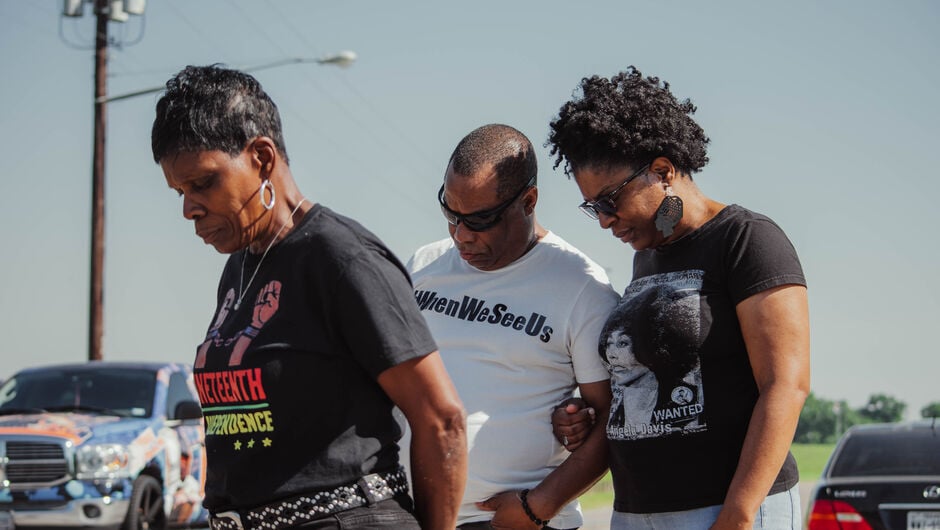
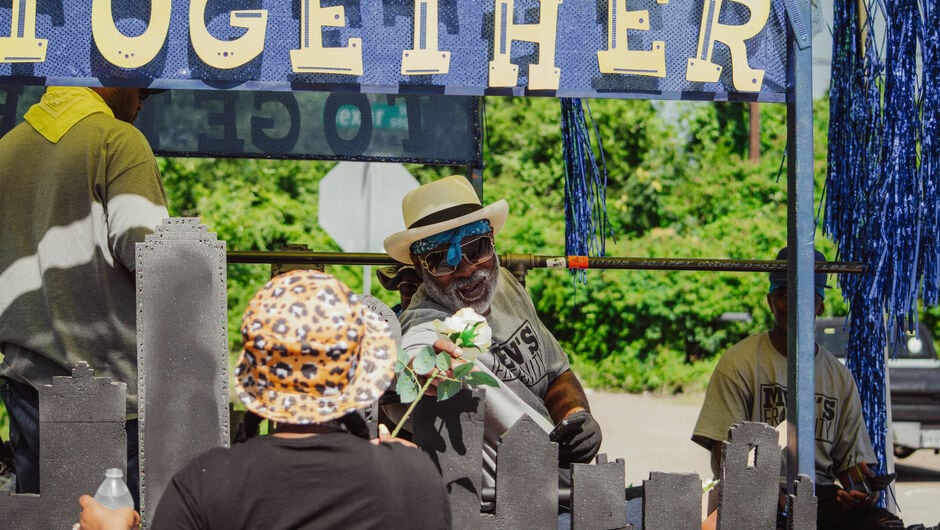

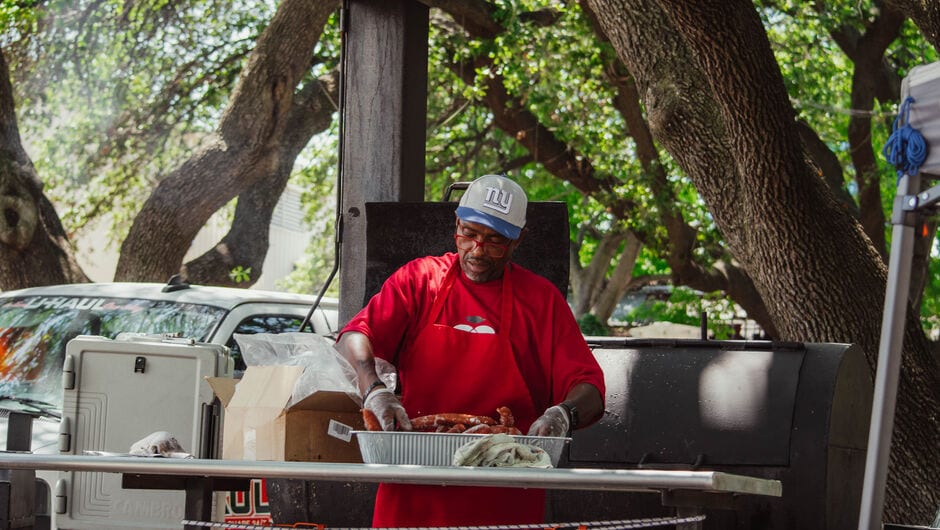
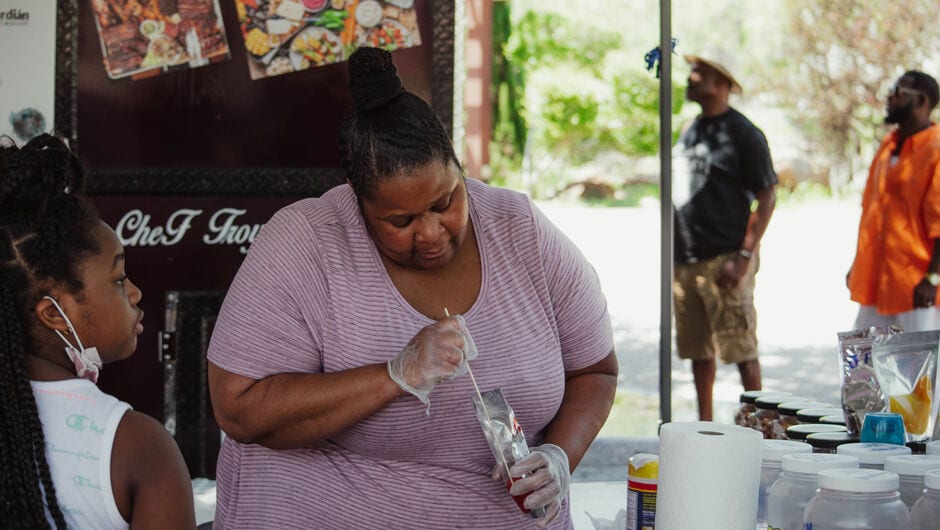
What's a celebration without food? Vendors serve up barbecue (left) and Kool-Aid pickles (right), both common foods at Juneteenth celebrations across the South.
Elroy "EJ" Johnson
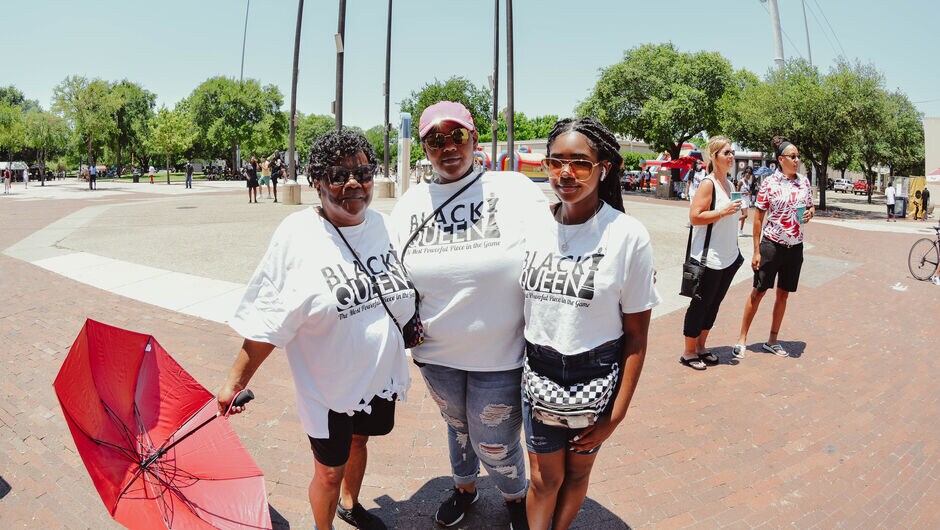
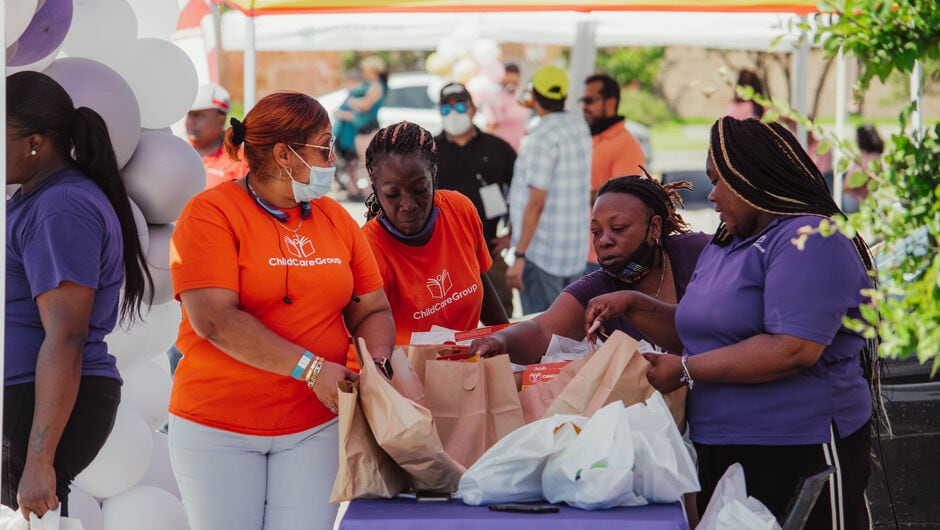
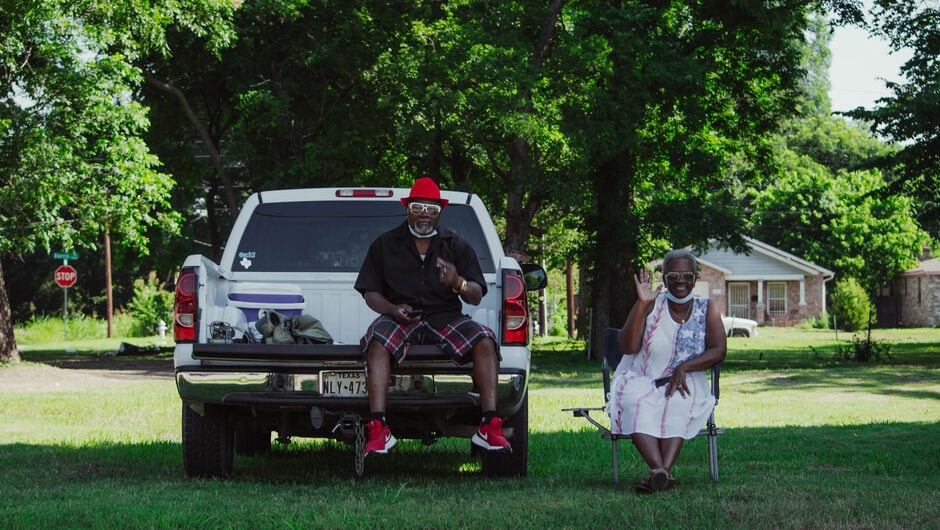
Celebrating in Oak Cliff
The Glendale Shopping Center hosted the Juneteenth Freedom Festival for residents of the surrounding Oak Cliff neighborhoods, including Johnson who calls Oak Cliff home.

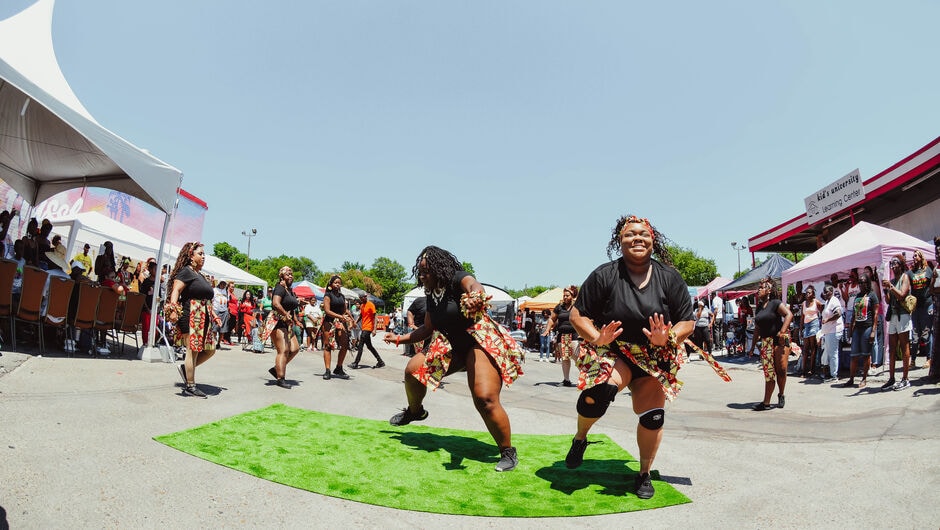
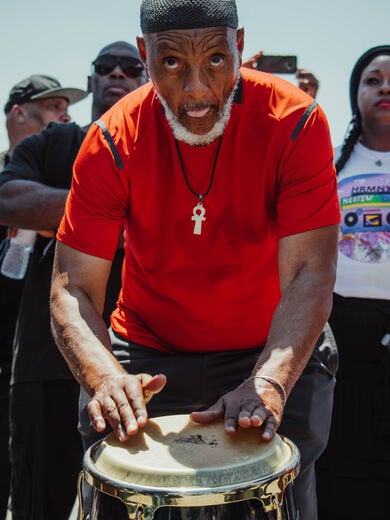
Past, Present, and Future Converge
From an early age, Elroy “EJ” Johnson (S. Louisiana, ’12) understood that history is not a dusty collection of stories gathered between the cardboard covers of a classroom textbook. It’s alive.
Johnson conjures this connection between past and present through his photographs. He also encourages the students he teaches at Thomas J. Rusk Middle School in Dallas, Texas, to find it in history lessons. For the past six years, Johnson has photographed some of the historically Black neighborhoods in Oak Cliff, a diverse region just south of Dallas that he calls home. He’s compiled his work into an ongoing photo essay, a project he calls the Oak Cliff Documentary, while growing his hobby into a second career as a freelance photographer. He has also directed and produced grant-funded documentary films that focus on the stories and issues he sees in Dallas-area Black communities.
“Anything I’m doing with media is somehow connected to social justice work or trying to shed light on marginalized stories and communities,” he says.
Johnson does all of this on top of his full-time job as a history teacher and social studies department leader. He wants to learn and celebrate the stories of the people and places that have influenced him and his ancestors, and he wants to support educators and students to do the same. In short, he wants to bring history to life.
Two places in particular bridge the past and the present for Johnson: Louisiana and Oak Cliff.
Johnson’s earliest memories of Oak Cliff are spending the summer at his maternal grandmother’s house. Orea Hill Tillman—or, as Johnson calls her, MawMaw—moved there from Caddo Parish, Louisiana. MawMaw fiercely valued education. On summer days when she wasn’t taking Johnson to the library, she would leave the television on tuned to KERA, the PBS member station for north Dallas and surrounding areas.
Johnson traces his father’s family back to Hallettsville, a city that’s about a two-and-a-half-hour drive from west from Galveston—not that far by Texas standards. Galveston is where, in 1865, enslaved people learned that they were freed almost two and a half years after President Abraham Lincoln signed the Emancipation Proclamation. That day is now celebrated as Juneteenth.
As a child, Johnson’s family moved a few times, first to Tulsa, then to Minnesota, before returning to Dallas. Johnson moved again in 2012 when he accepted an offer to teach in Baton Rouge, Louisiana through Teach For America. It was there that Johnson turned to photography as a hobby and a form of self-care during his stressful first years in the classroom. On weekends he would drive through different cities, parishes, and bayous, exploring this region where his mother’s family had been enslaved generations before. As he wandered the area, he took pictures on his phone, then his iPad. Finally, he bought a camera.
Johnson considers Louisiana a second home, but now he felt pulled to return to the place where he spent his summers as a child.
So he moved back to Dallas to teach middle school history in Oak Cliff. He continued his photography by documenting his community there. One of the first photographs he took was of his grandmother sitting in her kitchen.
In 2014, in Ferguson, Missouri, a white police officer Darren Wilson fatally shot Michael Brown, an 18-year-old Black man. The incident spurred protests across the country, including Dallas, and Johnson searched for ways to participate in what he saw as a historic moment for Black liberation. He realized his camera was a powerful tool. “As someone who taught history and loves history, it was very important for me to document these moments," he says.
Two years later, Johnson was back in Baton Rouge and meeting with former students when the news broke that two city police officers shot and killed a local Black man, Alton Sterling. Again, Johnson joined the protests with his camera in hand. This time, he saw his former students among the faces he recorded that day. “That was a big deal," he recalls, "seeing them out voicing their opinion, fighting for their liberty in their city and their community.”
His work teaching and documenting history had come full circle.
“As someone who taught history and loves history, it was very important for me to document these moments.”
Now, Johnson is working to connect more students in Oak Cliff with resources, learning opportunities, and mentors who can help them access media careers. He wants more students to be the documentarians of their communities, of their stories. And he hasn't forgotten about the summer days watching KERA in his grandmother's living room. He works with the station now to develop lesson plans and resources that teachers, like him, can use in their own classrooms.
“I’m always trying to connect to the past," Johnson said. But he also wants to "understand the present so we can, hopefully, figure out solutions for the future."
We want to hear your opinions! To submit an idea for an Opinion piece or offer feedback on this story, visit our Suggestion Box.
Sign up to receive articles like this in your inbox!
Thanks for signing up!
Content is loading...


